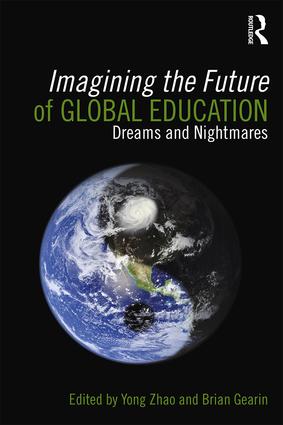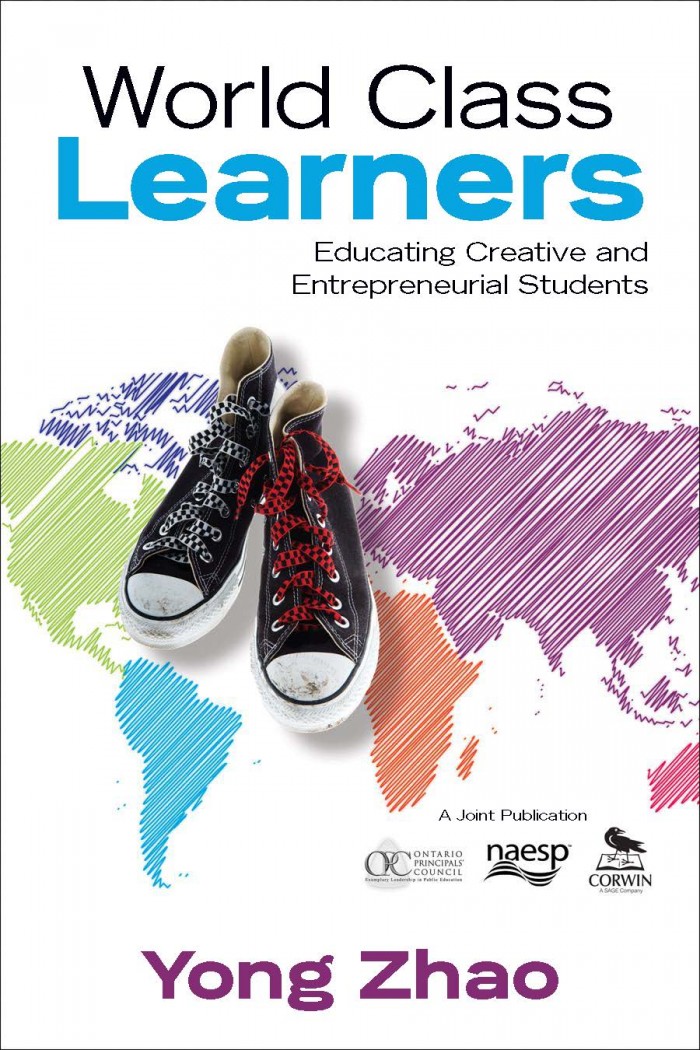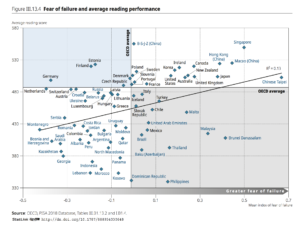PISA Peculiarities (3): More Fear, Better Scores
PISA has many peculiar and surprising discoveries…
Fear of failure improves academic performance.
That’s a conclusion one can draw from PISA’s analysis of its data. This is true at the system level. “At the system level, the greater the fear of failure expressed by students, the higher the reading scores in that education system” (OECD, 2019, p. 193). This is especially true for high performing East Asian education systems and some English speaking systems. PISA found that:
a large number of English-speaking and East Asian education systems were amongst those whose students were both more likely to report a fear of failure and to be high performers in reading. (OECD, 2019, p. 193).
It is also true within systems: “in a majority of school systems, students who expressed a greater fear of failure scored higher in reading than students expressing less concern about failing, after accounting for the socio-economic profile of students and schools” (OECD, 2019, p. 192).
Moreover, self-efficacy or self-confidence, the opposite of fear of failure, does not seem to lead to better academic performance, according to PISA’s analysis.
The strongest positive associations between general self-efficacy and reading performance were observed largely in countries and economies whose average reading performance was below the OECD average, whereas the weakest associations were observed often in education systems whose reading performance was at or above the OECD average. In Beijing, Shanghai, Jiangsu and Zhejiang (China) and Japan, students who expressed more self-confidence in their ability to succeed and accomplish tasks scored lower than students who expressed less self-confidence. (p. 190-191).
In other words, self-efficacy has little positive relationship with PISA reading performance in high scoring systems. And in the extremely high performing system of Beijing, Shanghai, Jiangsu and Zhejiang (China), the relationship is negative. That is, for Chinese students, the lower their confidence, the higher their test scores. The same is true for students in Japan, another high performing system. “Moreover, students who agreed that their belief in themselves gets them through hard times scored considerably lower (a difference of 11 score points) than students who disagreed with the statement” (OECD, 2019, p. 193).
There are exceptions. A few education systems reported both high reading scores and high self-efficacy. “For instance, in Estonia, Finland and, to a lesser extent, in Germany, students expressed less fear of failure than the typical OECD student, but scored above the OECD average in reading” (OECD, 2019, p. 193).
But if you go with probability and evidence (as in evidence-based policy making and practice), you would try to do something to make your students lose confidence and develop fear of failure in order to improve your PISA ranking.
Take a look at the figure below, you will see a lot more systems that scored high on PISA had higher levels of fear than systems that scored high on PISA with lower levels of fear. You will also see many systems (about 50% of participating school systems) are stuck in the group with low reading scores and low level of fear.
By the way, assuming the PISA samples are representative, the number of students in education systems that score high in reading and reported high levels of fear are 10 times larger than the number of students in the systems that defy the pattern. The total population of the exceptional systems that include Estonia (1.3 million), Finland (5.5 million), Germany (82.9 million), Denmark (5.8), and the Czech Republic (10.7 million) is about 106.2 million. In contrast, the group that had high scores and high levels of fear had a combined population of about 1 billion (only counting the population of the 4 jurisdictions of Beijing-Shanghai-Jiangsu-Zhejiang). In other words, the odds of a student in school systems that had high levels of fear of failure but high scores are 10 times higher than that of a student in systems that defy the pattern.
Side Effects? A Lesson PISA Has Tried to Ignore
Of course, while encouraging people to take actions to instill fear of failure in students and crash their confidence seems a logical conclusion from the PISA results, it is a dangerous road that even PISA would not recommend because it recognizes that the negative outcomes of fear of failure that includes threats to social and emotional well-being, stress, anxiety, burnout and depression (OECD, 2019, p. 192).
However, it is peculiar that PISA has not explicitly pursued a alternative explanation of the association: high PISA performance comes at the cost of confidence and self-efficacy in students. The fear of failure is a result of policies and practices that increase test scores. In other words, the lack of confidence and strong fear of failure is a side effect of educational practices that bring about high performance, as I have argued in my book What Works May Hurt: Side Effects in Education (Zhao, 2018) and elsewhere (Emler, Zhao, Deng, Yin, & Wang, 2019; Zhao, 2016, in press).
Perhaps PISA chose to avoid this explanation because it can lead to the disappearance of the illusion it has created (Zhao, in press). If it admitted that high PISA scores come at the great cost of human confidence and social emotional well-being of students, all the so-called lessons PISA has developed from the idols it has manufactured over the years would be abandoned because many education systems may want their children to be confident and self-efficacious instead of being fearful.
The Tragic Ascendance of Australia, Canada, UK, and US
The PISA performance of Australia, Canada, and the US in 2018 does not show significant improvement over the history of PISA. The UK did see some upward movement. Regardless, they may be happy to see themselves in the same quadrant as the usual high performers such as China, Hong Kong, Singapore, Japan, and Korea—education systems that have been put up by PISA for emulation. It suggests that their students PISA performance in reading are above the OECD average.
But to be in the same quadrant means their students reported level of fear of failure (lack of confidence or self-efficacy) are also above the OECD average, approaching the levels of East Asian education systems, which have been criticized for their students well-being or lack thereof. Since there is no historical data to compare, it cannot be said with great certainty that there is an increase in the level of fear in students in these education systems. However, judging from my observations, these systems likely have made their students more fearful and less confident through their various reforms in recent years. Such reforms include increased standardization and centralization of curriculum, pedagogy and assessment, increased accountability for teachers and schools to produce better “academic results,” increased use of standardized tests to enforce accountability, increased emphasis on test scores as indication of success of students, and increased pressure for students to focus on the standardized curriculum. These reforms may or may not improve academic learning, but are pretty good prescriptions for instilling fear of failure and taking out confidence in students as I have written in my book Who’s Afraid of the Big Bad Dragon: Why China has the Best (and Worst) Education System in the World (Zhao, 2014) and What Works May Hurt: Side Effects in Education (Zhao, 2018).
Bottom line: Students’ confidence and self-efficacy is much more important and valuable than test scores.
References:
Emler, T. E., Zhao, Y., Deng, J., Yin, D., & Wang, Y. (2019). Side Effects of Large-Scale Assessments in Education. ECNU Review of Education, 2(3), 279-296.
OECD. (2019). PISA 2018 Results (Volume III): What School Life Means for Students’ Lives. Retrieved from https://doi.org/10.1787/acd78851-en.
Zhao, Y. (2014). Who’s Afraid of the Big Bad Dragon: Why China has the Best (and Worst) Education System in the World. San Francisco: Jossey-Bass.
Zhao, Y. (2016). Who’s Afraid of PISA: The Fallacy of International Assessments of System Performance. In A. Harris & M. S. Jones (Eds.), Leading Futures (pp. 7-21). Thousand Oaks, CA: Sage.
Zhao, Y. (2018). What Works May Hurt: Side Effects in Education. New York: Teachers College Press.
Zhao, Y. (in press). Two Decades of Havoc: A Synthesis of Criticism Against PISA. Journal of Educational Change.





























Feel free to comment:
The views expressed on this site are entirely my own. They do not represent my employer or any other organization/institution. All comments are subject to approval.